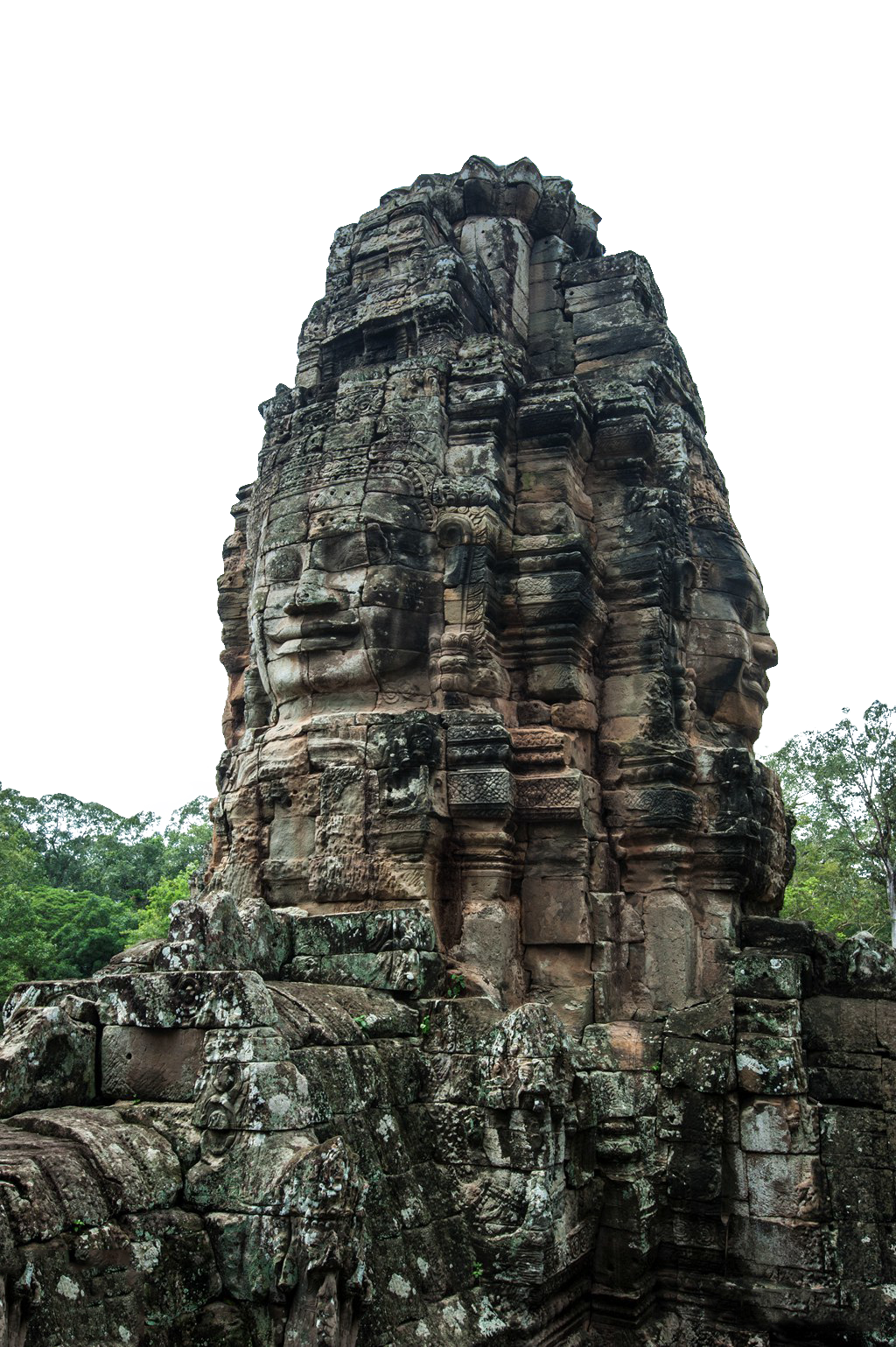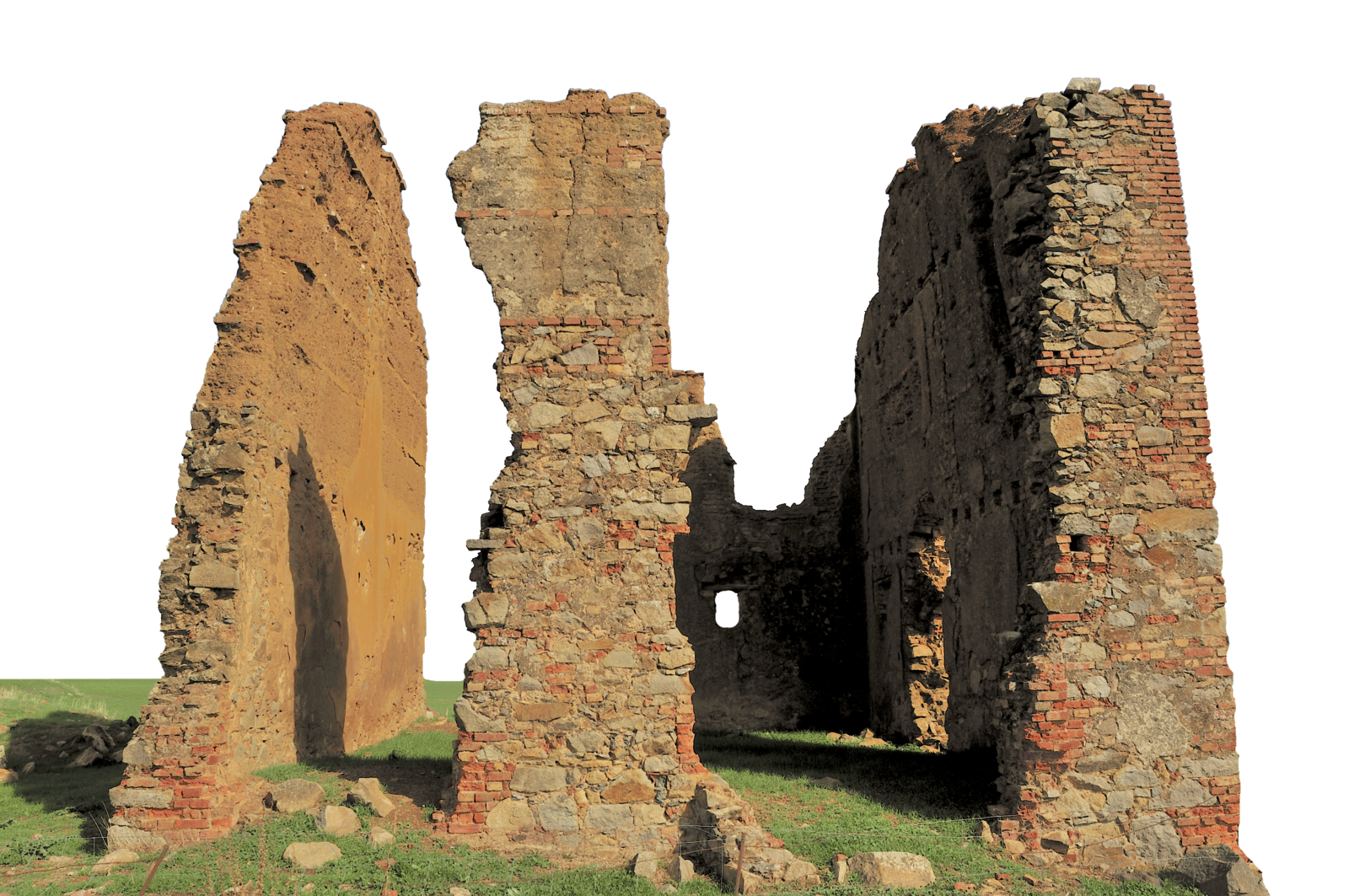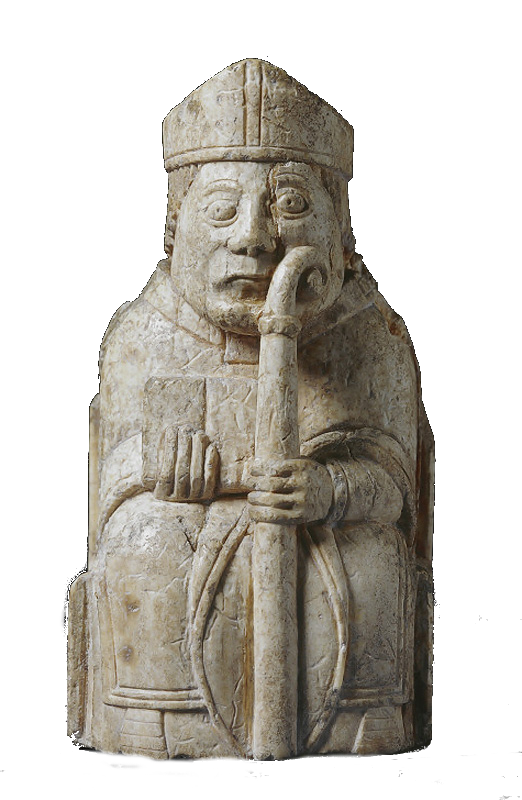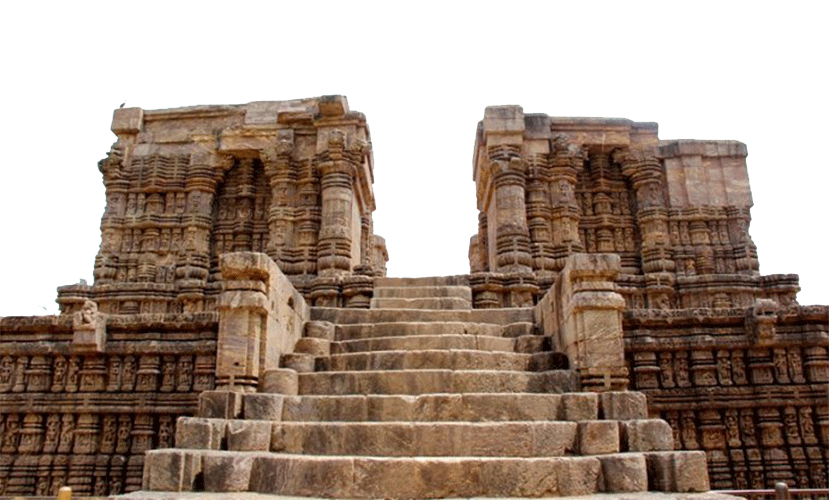Archaeology
Welcome to c/Archaeology @ Mander.xyz!
Shovelbums welcome. 🗿

Notice Board
This is a work in progress, please don't mind the mess.
- 2023-06-15: We are collecting resources for the sidebar!
- 2023-06-13: We are looking for mods. Send a dm to @fossilesque@mander.xyz if interested!
About
Archaeology or archeology[a] is the study of human activity through the recovery and analysis of material culture. The archaeological record consists of artifacts, architecture, biofacts or ecofacts, sites, and cultural landscapes.
Archaeology has various goals, which range from understanding culture history to reconstructing past lifeways to documenting and explaining changes in human societies through time.
The discipline involves surveying, excavation, and eventually analysis of data collected, to learn more about the past. In broad scope, archaeology relies on cross-disciplinary research. Read more...
Rules
- Don't throw mud. Be kind and remember the human.
- Keep it rooted (on topic).
- No spam.
- No pseudoscience/pseudoarchaeology.

Links
Archaeology 101:
Get Involved:
University and Field Work:
- Archaeological Fieldwork Opportunities Bulletin
- University Archaeology (UK)
- Black Trowel Collective Microgrants for Students
Jobs and Career:
Professional Organisations:
- Chartered Institute for Archaeologists (UK)
- BAJR (UK)
- Association for Environmental Archaeology
- Archaeology Scotland
- Historic England
FOSS Tools:
- Diamond Open Access in Archaeology
- Tools for Quantitative Archaeology – in R
- Open Archaeo: A list of open source archaeological tools and software.
- The Open Digital Archaeology Textbook
Datasets:
Fun:
Other Resources:

Similar Communities
Sister Communities
Science and Research
Biology and Life Sciences
- !anthropology@mander.xyz
- !biodiversity@mander.xyz
- !palaeoecology@mander.xyz
- !palaeontology@mander.xyz
Plants & Gardening
Physical Sciences
Humanities and Social Sciences
Memes
Find us on Reddit

view the rest of the comments
This is the best summary I could come up with:
If reports from the time are to be believed, 17th-century Poland was awash in revenants — not vampires, exactly, but proto-zombies who harassed the living by drinking their blood or, less disagreeably, stirring up a ruckus in their homes.
Such reports were common enough that a wide range of remedies was employed to keep corpses from reanimating: cutting out their hearts, nailing them into their graves, hammering stakes through their legs, jamming their jaws open with bricks (to prevent them from gnawing their way out).
While excavating an unmarked mass cemetery at the edge of the village of Pień, near the Polish city of Bydgoszcz, researchers from Nicolaus Copernicus University in Toruń unearthed the remains of what has been widely described in news reports as a “vampire child.” The corpse, thought to have been about 6 at the time of death, was buried face down, with a triangular iron padlock under its left foot, in a likely effort to bind the child to the grave and keep it from haunting its family and neighbors.
The necropolis, a makeshift graveyard for the poor and what Dr. Poliński called “abandoned souls excluded by society,” was discovered 18 years ago beneath a sunflower field on the slope of a hill.
The strzyga was more like a witch — “that is, in the old fairy-tale sense, a malevolent female spirit or demon that preys upon humans, may eat them or drink their blood,” Al Ridenour, a Los Angeles-based folklorist, said.
Perhaps the cause was some social stigma, such as being unbaptized or dying by suicide, exhibiting strange behavior while alive or having the bad luck to be the first to perish in an epidemic, said Lesley Gregoricka, an anthropologist at the University of South Alabama, who was not involved in the excavation.
The original article contains 1,366 words, the summary contains 298 words. Saved 78%. I'm a bot and I'm open source!